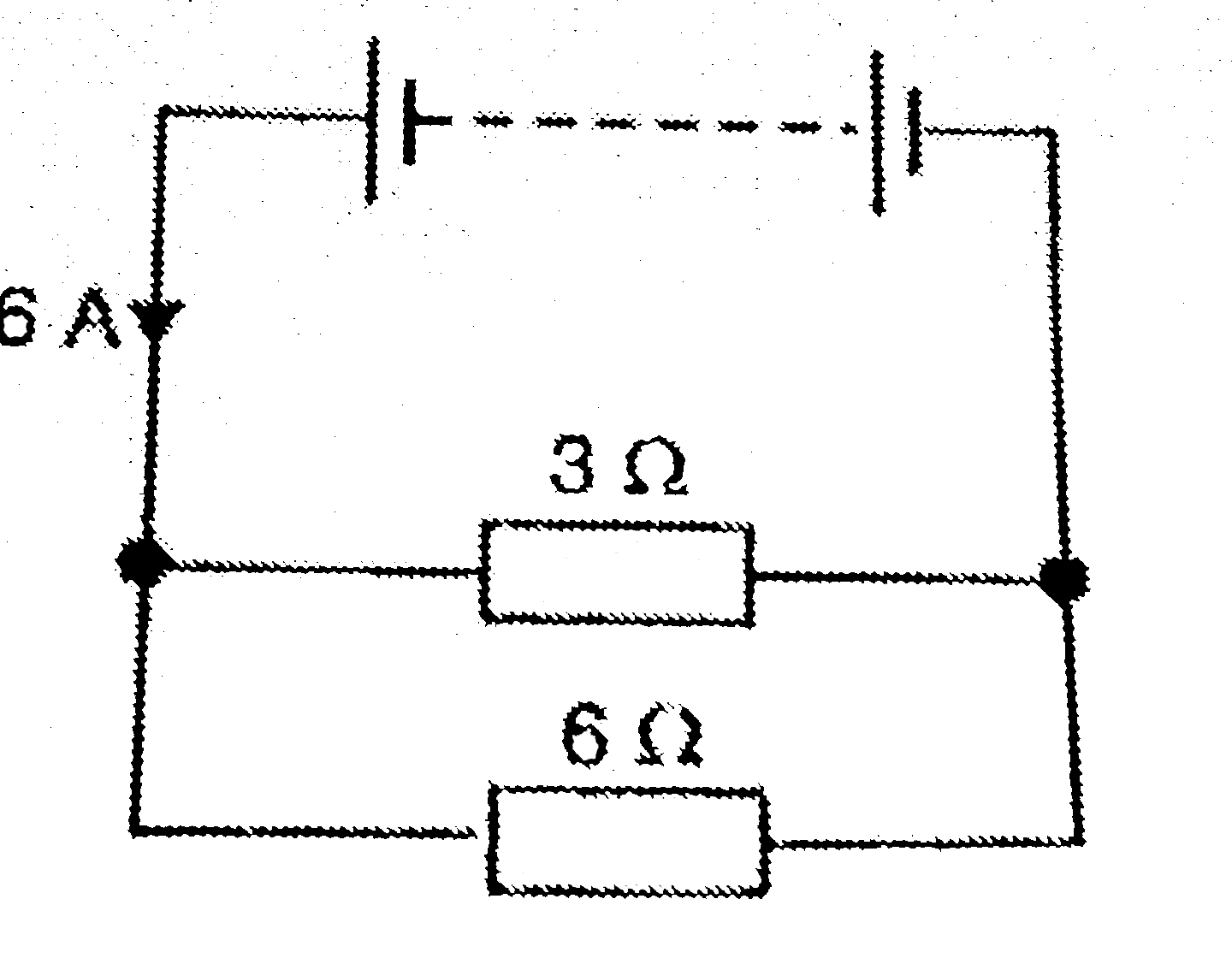What type of bond will be formed if?
(a) A combines with B? (b) A combines with E (c ) C combines with E (d) D combines with E
Type of bond
(a) A is metal and B is non metal so the bond formed will be ionic:
A=2,8,1 B=2,7

(b) A is metal and E is non metal. So the bond formed is ionic.

(c ) C is metal and E is non metal so the bond formed is basic.
C=2,8,2 E=2,8,7

(d) D is a non metal and E is also a non metal , so the bond formed will be covalent.
D=2,8,5 E=2,8,7

Topper's Solved these Questions
- METALS AND NON-METALSBook:VK GLOBAL PUBLICATIONChapter:METALS AND NON-METALSExercise:HOTS (HIGHER ORDER THINKING SKILLS)
Explore 6 Videos
- METALS AND NON-METALSBook:VK GLOBAL PUBLICATIONChapter:METALS AND NON-METALSExercise:PROFICIENCY EXERCISE VERY SHORT ANSWER
Explore 5 Videos
- METALS AND NON-METALSBook:VK GLOBAL PUBLICATIONChapter:METALS AND NON-METALSExercise:SHORT ANSWER QUESTION -II
Explore 20 Videos
- CHEMICAL REACTIONS AND EQUATIONSBook:VK GLOBAL PUBLICATIONChapter:CHEMICAL REACTIONS AND EQUATIONSExercise:PROFICIENCY EXERCISE (LONG ANSWER QUESTIONS)
Explore 2 Videos
- MODEL QUESTION PAPER - 4 Book:VK GLOBAL PUBLICATIONChapter:MODEL QUESTION PAPER - 4 Exercise:SECTION - B
Explore 2 Videos
Similar Questions
Knowledge Check
In E. coli an operator gene combine with
AInducer gene to switch on structural gene actionBInducer gene to switch off structral gene actionCRegulator protein (repressor) to switch off structural gene actionDRegulator protein to swith on gene actionIn E. coli, an operator gene combines with
Ainducer gene to switch on structural gene actionBinducer genet o switch off structural gene actionCregulator protein (repressor) to switch off structural gene actionDregulator protein to switch on gene actionIn E. coli, an operator gene combines with
AInducer gene to switch on structural gene transcriptionBRepresser protein to switch off structural gene transcriptionCRegulator gene to switch on structural gene transcriptionDRepresser protein to switch on structural gene transcription
In a gaseous reaction of the type
aA+bB→cC+dD,
(i) In a gaseous reaction of the type
(ii) a mole of A combines with b moles of B to give C and D
(iii) (a×MA) g of a combines with (b×MB) g of B to give C and D
(iv) a molecules of A combines with b molecules of B to give C and D
View SolutionIn the circuit given below:

(a) What is the combined resistance?
(b) What is the p.d. across the combined resistance?
(c) What is the p.d. across the 3Ω resistor?
(d) What is the current in the 3Ω resistor?
(e) What is the current in the 6Ω resistor?
View SolutionThe electronic configurations of three elements A, B, and C are as follows:
A 2,8,1
B 2,8,7
C 2,4
(a). Which of these elements is a metal?
(b). Which of theseelements are non-metals?
(c). Which two elements will combine to form an ionic bond?
(d). Which two elements will combine to form a covalent bond?
(e). Which element will form an anion of valency 1?
View SolutionIn a gaseous reaction of the type
aA+bB→cC+dD,
(i) In a gaseous reaction of the type
(ii) a mole of A combines with b moles of B to give C and D
(iii) (a×MA) g of a combines with (b×MB) g of B to give C and D
(iv) a molecules of A combines with b molecules of B to give C and D
View SolutionAn organic compound A and B combines with NaHSO3. CompoundA combines with Fehling's solution but compound B does not combine. What could be B ?
View Solution
